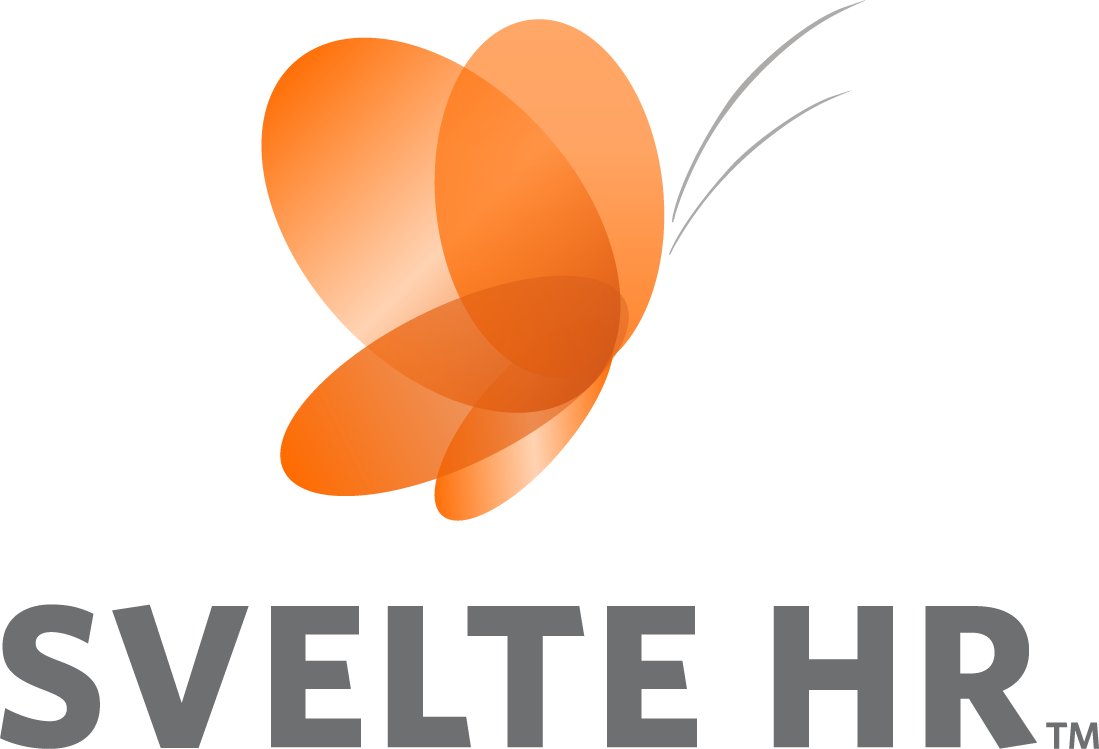Everyone is putting out information, suggestions, and lists. Here’s another one for Small Business Owners and HR teams.
- Communicate
Communicate early and often. Use prepared information from company leaders, the CDC, your state, and other regulatory agencies. Put information in front of employees regularly and reinforce the new standard. Define terms, be open about unknowns, and keep in touch with employees. The most important part of communication is to manage the narrative; keep details coming so that employees don’t make up their own.
- Take Care of Your Own Health
Put your own mask on! It is going to be difficult to take care of your family, your workforce, and whatever else you need to accomplish if you yourself are unwell. Take care of yourself and demand that others do as well.
- Use Human Sense
Are you really going to discipline someone who is late? See #7 Maintain Expectations.
- Check Compliance
The rules are changing by the hour. A National Emergency declaration changes the application of WARN, the ability to discuss medical concerns (as they relate to COVID-19), and other employee related issues. State specific legislation may provide updated unemployment insurance, lock down measures, and paid leave stipulations. Do be careful when deciding to hour reduction vs lay off vs terminate and keep any Collective Bargaining Agreement in mind. Review FMLA expansion and the Emergency Families First Coronavirus Response Act.
- Communicate
Send out the prepared information again, reiterate that employees are expected to comply with guidelines. Let employees know what your business plans are and any additional information that may affect their income, work hours, and/or employment status; if you don’t provide the information, they will make it up.
- Identify Key Roles
In some states, lock downs are already in place and folks must have a document from their employer stating their requirement to be traveling to and form work. Walk through key roles for your business; payroll, accounting, leadership, HR, operations; determine what is key to maintaining business operations.
- Set and Maintain Expectations
As we shift to remote work, understand new compliance measures, and manage stress and anxiety, expectations are vital. What supplies are covered when working remotely? What is the time availability expectation when working remotely? What are the expectations for those who are reporting to a work location? You should relax attendance policies for the time being with the subscript that policies will be fully functioning at a date in the future to be determined. Focus on employees achieving previously determined work goals while maintaining their health. Again, check compliance with the FMLA expansion and the Emergency Families First Coronavirus Response Act.
- Touch Base with Key Partners
Benefits provider, workers’ compensation insurance provider, business insurance provider, suppliers, IT partners, legal counsel, perhaps the Small Business Administration (if your company qualifies and needs cash).
- Communicate
Send out prepared information again, reiterate that employees are expected to comply with guidelines. Add some feel-good notes to maintain your reputation as an employer of choice.
- Be Cool
Take deep breaths, drink plenty of water, and keep calm. Employees are looking to you for how to respond and navigate the uncertainty. You keeping your cool will help them keep their cool.

